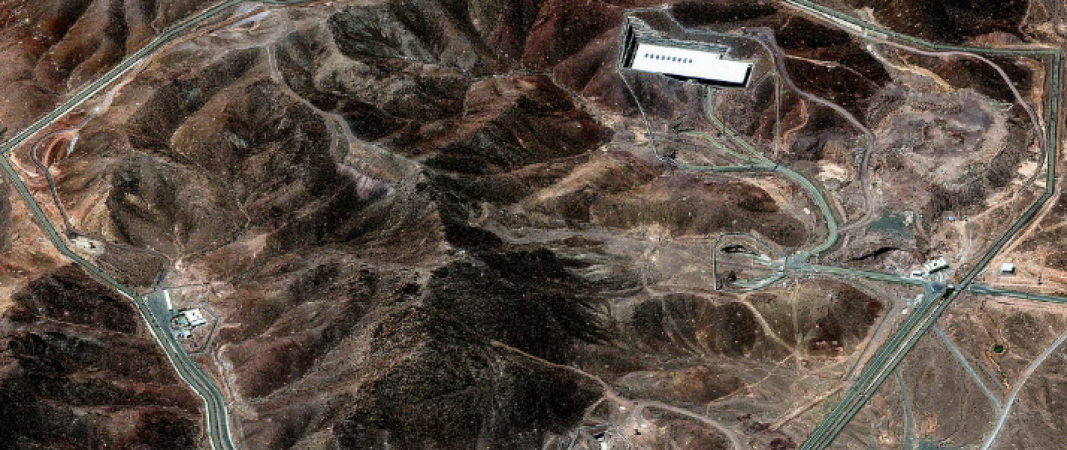Iran’s most secure nuclear facility, Fordow, is built deep within a mountain to protect it from attacks. Only the U.S. military possesses a bomb powerful enough to potentially destroy it—a 30,000-pound “bunker buster” specifically designed to penetrate reinforced underground structures before detonating. This massive bomb, encased in thick steel with minimal explosives, is uniquely compatible with the American B-2 stealth bomber due to its size.
Historically, it’s believed that Israel cannot destroy Fordow alone. The U.S. has not provided Israel with the bunker buster bomb, and while Israel owns advanced fighter jets, it lacks the heavy bombers needed to deploy such a weapon. However, Israeli forces might be able to compromise Fordow’s operations by targeting external infrastructure like power generation and transmission facilities that support the plant. Fordow houses Iran’s most advanced centrifuges, and disrupting its support systems could hinder uranium enrichment efforts.
Israeli military strategies could also include alternative tactics like destroying facility entrances or deploying covert operatives. In March 2023, the IAEA found uranium enriched to 83.7% at Fordow—very close to the 90% needed for nuclear weapons. Iran maintains its nuclear program is strictly peaceful and remains a signatory to the Nuclear Nonproliferation Treaty.
The U.S. Air Force has moved tankers, aircraft, and warplanes to the region for support, though President Trump has not altered long-standing U.S. policy against supplying Israel with the bunker buster. Former CENTCOM Commander Gen. Joseph Votel stated this decision was strategic: the U.S. aimed to use the bomb as a deterrent, not a combat tool, to avoid triggering a war with Iran.
Iran constructed Fordow deep underground in response to historical threats like the 1981 Israeli bombing of Iraq’s nuclear site, which was above ground. Vali Nasr, a scholar at Johns Hopkins, noted this was a strategic decision to guard against future Israeli strikes.
Israel has long sought alternatives to the bunker buster. One plan presented to the Obama administration involved Israeli helicopters dropping commandos to breach and demolish the facility from within—similar to Israel’s past successful covert strike on a Hezbollah missile plant in Syria. However, experts say Fordow poses a much greater risk.
Today, U.S. officials acknowledge that while Israel has established air dominance over parts of Iran, it could temporarily disable Fordow by repeated aerial attacks, though not destroy it entirely. Gen. Kenneth McKenzie Jr. emphasized that despite Israel’s recent covert operations, the technical challenges of targeting Fordow remain formidable.
Retired U.S. Air Force Gen. David Deptula affirmed Israel still has operational options without U.S. involvement. Israeli special forces could apply various unconventional means to disable the site. Israel’s ambassador to the U.S., Yechiel Leiter, hinted at these alternatives, saying not all solutions involve aerial bombardment.
Still, a U.S.-Israeli strike on Fordow using the bunker buster would carry enormous international ramifications. Gen. Votel warned of the potential for nuclear contamination, the legal implications of violating Iran’s sovereignty, and the likelihood of Iranian retaliation against U.S. assets. He added that such an attack could drag the U.S. back into a major Middle Eastern conflict.
President Trump has signaled little interest in expanding military involvement in the region and is wary of alienating his noninterventionist political base, who strongly oppose more U.S. entanglement in Middle East wars.

